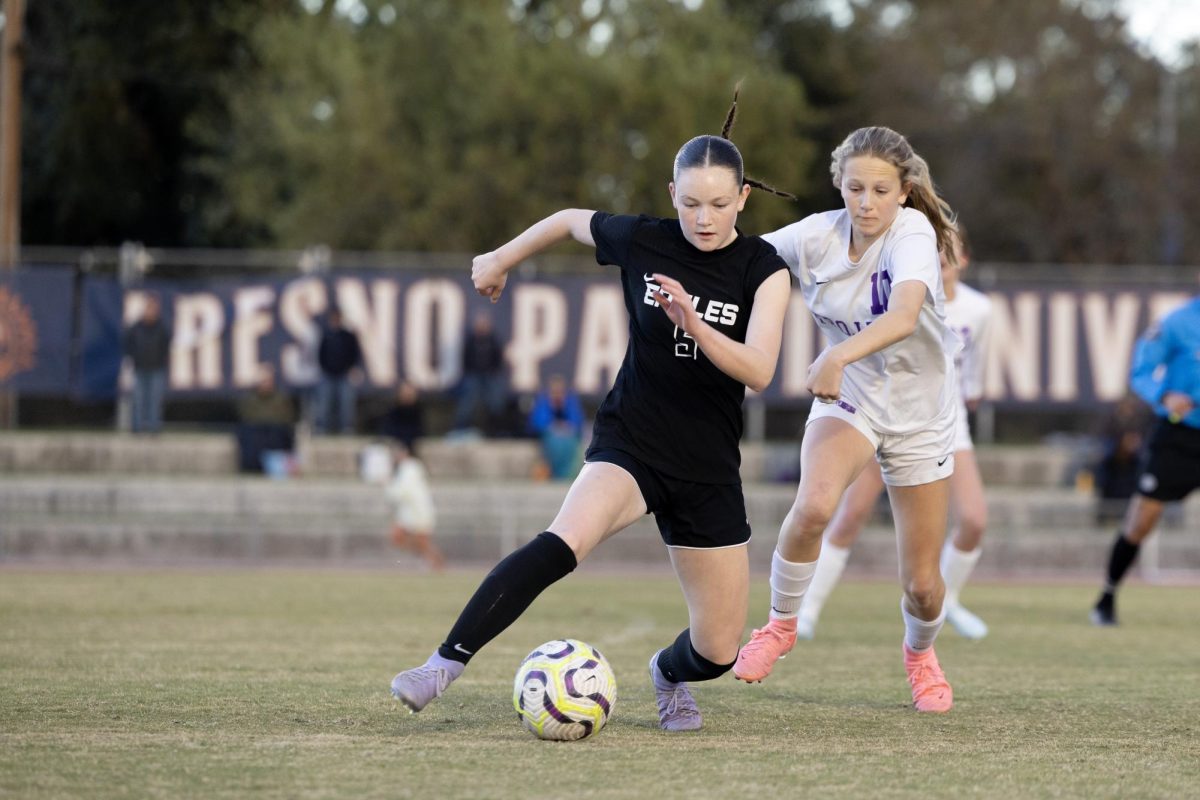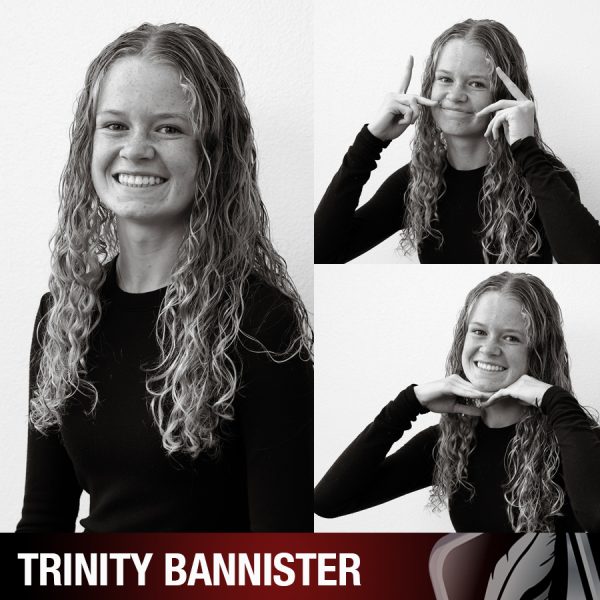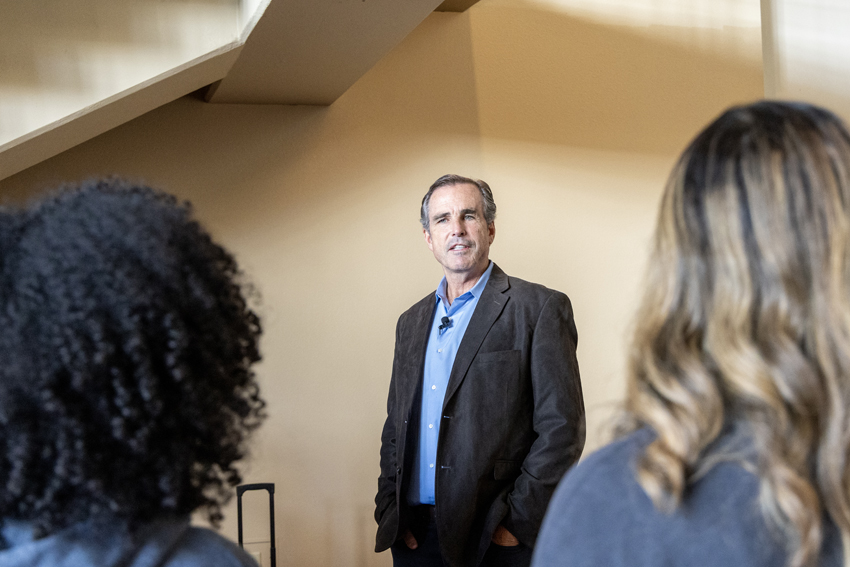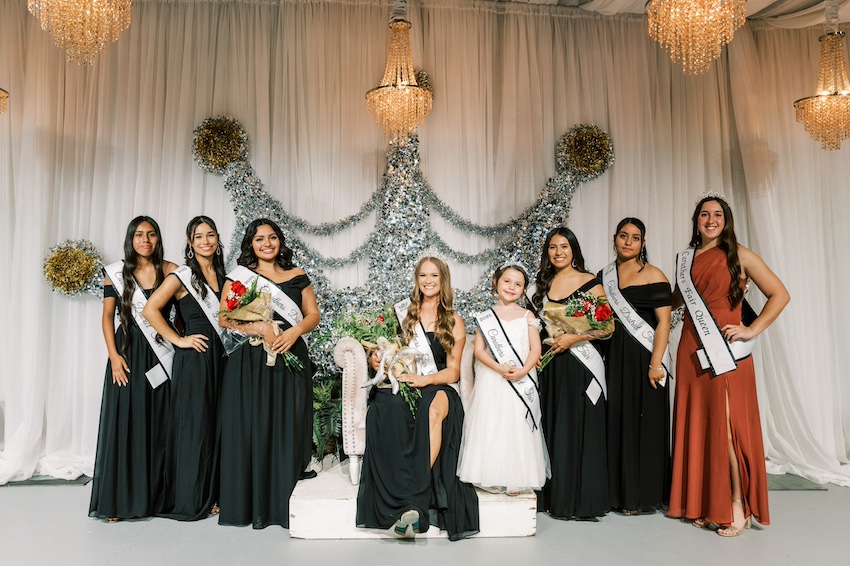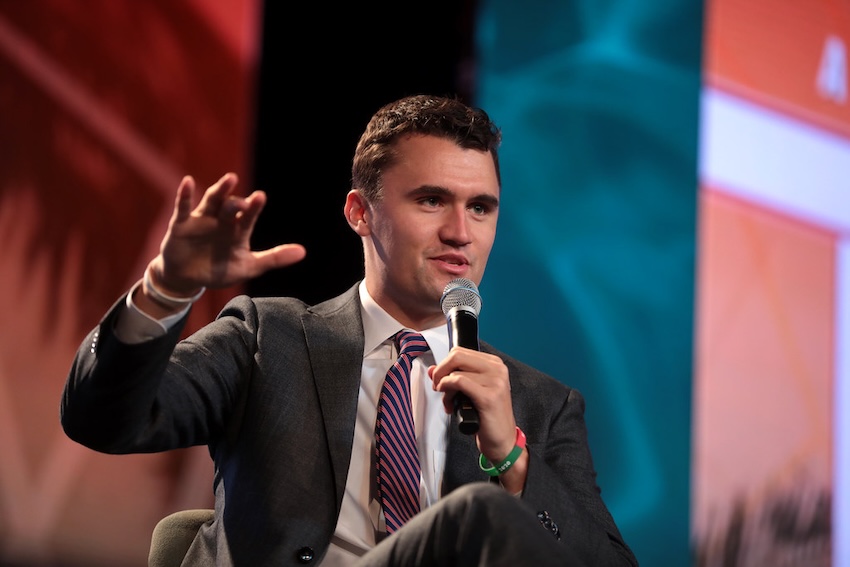For high school athletes, the college recruiting process can be one of the most significant chapters in their athletic journey. From sending the first email to finalizing commitment, recruiting shapes how athletes transition from high school competition to the collegiate level.
Recruiting is not just about skill. It’s about the elements; including academic performance, athletic talent and skills, proactive communication with coaches, and attending showcases or camps to gain attention from the athlete’s desired programs.
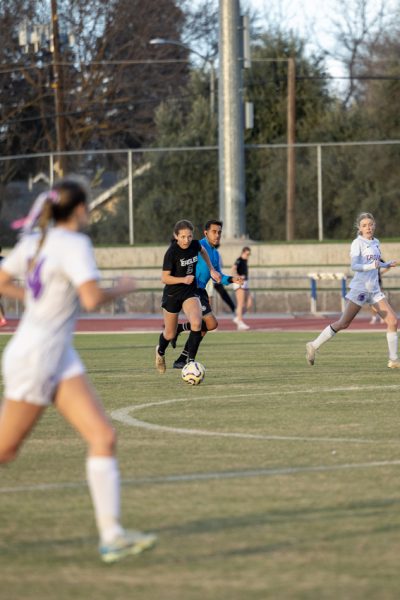
Jane Higton, ‘27, who just committed to California Baptist University is beyond excited to play Division I soccer. She gained experience and confidence as she connected with college programs. She continued to learn what works best for her while staying focused on improving and finding the right fit.
“It was hard because over the weekends I would usually do a lot of my emails and, I mean, I had to really grind, and then my dad would also help me cut up film,” Higton said. “If I could restart, I’d probably start earlier, with reaching out, but also start with a wider range of coaches and schools.”
Recruiting often starts earlier than most athletes realize. Many begin preparing during their freshman or sophomore years, building highlight reels, identifying programs that fit their goals, and learning the basics of the National Collegiate Athletic Association (NCAA), National Association of Intercollegiate Athletics (NAIA), and National Junior College Athletic Association (NJCAA) eligibility.
Between practices, classes, and outreach to coaches, student athletes face constant demands on their time. The ability to stay organized; tracking communication, deadlines, and performance goals; often separates successful recruits from overwhelmed ones.
Understanding recruiting rules is essential for both athletes and their families. Under NCAA Division I guidelines, college coaches are free to begin making calls, sending emails, social media messages, and recruiting materials starting June 15th after an athlete’s sophomore year. Direct recruiting conversations, unofficial visits, and verbal offers are also permitted beginning on that same date.
For Division II, the timeline is identical; June 15th after sophomore year. Division III and NAIA schools typically have more flexible contact rules, allowing coaches to communicate and recruit earlier and more freely.
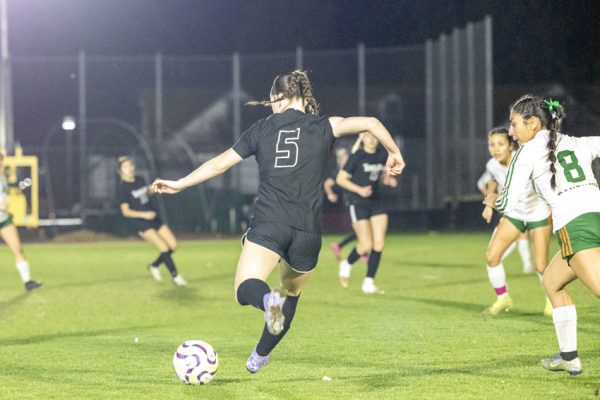
Hailey Higton, ’27, began her recruiting journey hungry, focused, and ready to show what she’s built for.
“I started reaching out to coaches early sophomore year,” Higton said. “I decided to start earlier than most because I was going to tournaments and having coaches on the sideline watching, so I emailed most of those coaches hoping they would come watch me again.”
Once athletes begin reaching out to programs, communication becomes the center of the process. This includes emails to college coaches, updates with new highlights, and invitations to upcoming tournaments or showcases.
“The number one thing I have learned is honestly to be open to anything,” Higton went on. “In the recruiting process it is vital that you are able to be open to new schools, because you never know if you will end up liking them.
Effective communication helps athletes stand out; professionalism, clarity, and persistence are key. Many athletes create online profiles or social media accounts specifically for recruiting purposes to make their information easily accessible to scouts.
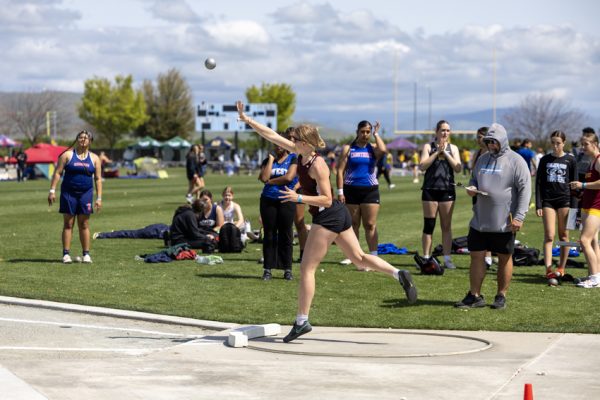
Sarah Guglielmana, ‘26, who’s committed to Concordia University Irvine for both volleyball and track and field, understands the importance of clear communication in recruiting.
“Coaches were asking for background, like what my strengths and weaknesses are,” Guglielmana said. “But they mainly ask me what I see myself doing, what positions I want to play, and stuff like that.”
High school athletics departments play a critical behind the scenes role. They verify eligibility, provide transcripts, communicate with college programs when necessary, and ensure that recruiting conversations follow compliance roles. Many schools also help athletes gather film, prepare resumes, and understand scholarship options.
As athletes progress through the process, conversations with college programs often become more specific; discussing potential roles, scholarship offers, and campus visits. When both the athlete and the program feel aligned, a verbal commitment may be made.
Later, during the official National Signing Period for their sport, athletes formalize their decision with a National Letter of Intent (NLI). This marks the official start of their collegiate athletic journey.
The high school recruiting process is more than a path to college sports; it’s a structured, multi-year process that teaches accountability, professionalism, and patience. From the first email to the final commitment, every part of the journey builds both character and opportunity for student athletes looking to compete at the next level.
For more from The Feather visit Odyssey soccer sets the standard or FC Girls Varsity volleyball players hit career milestones.



